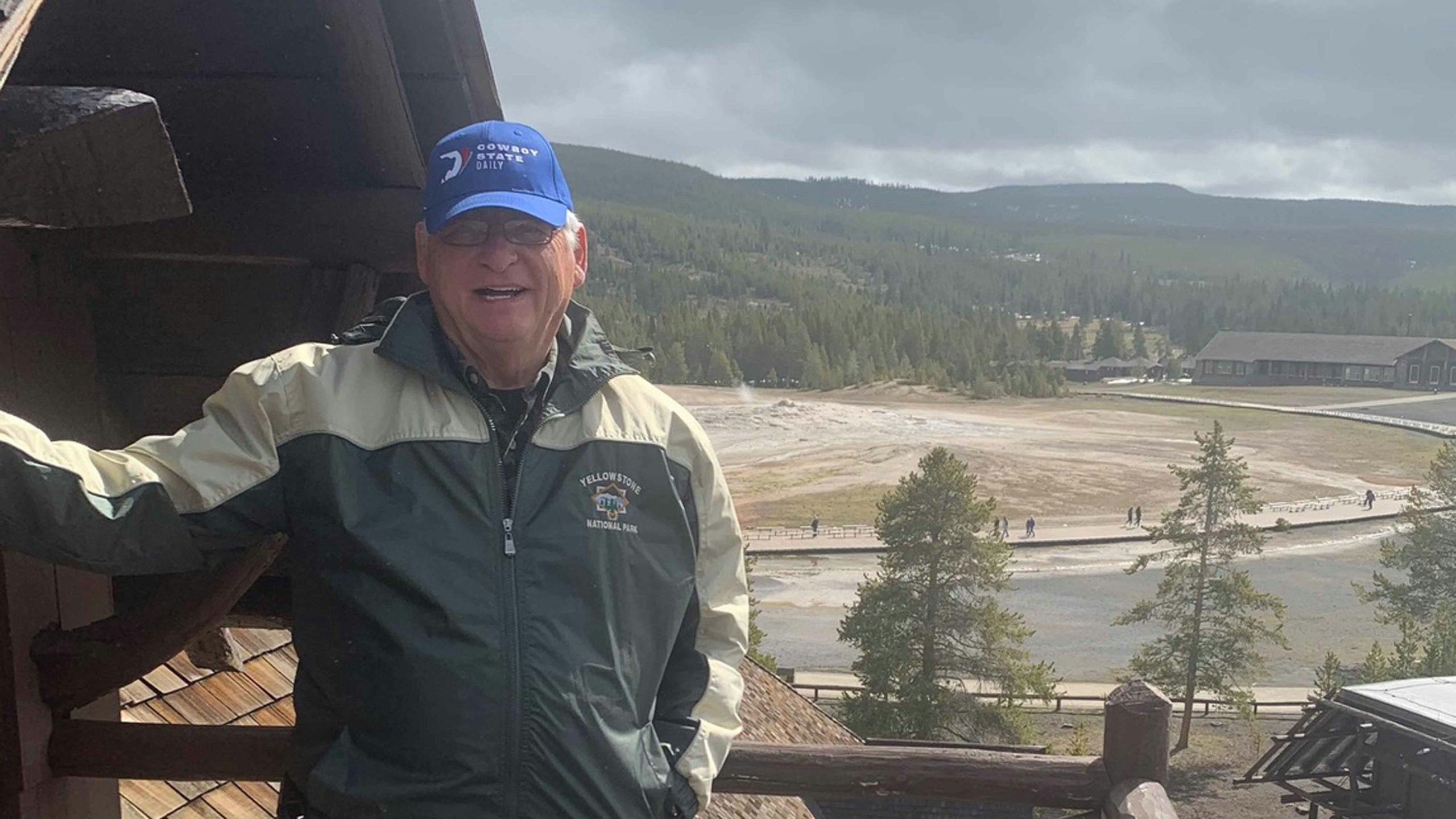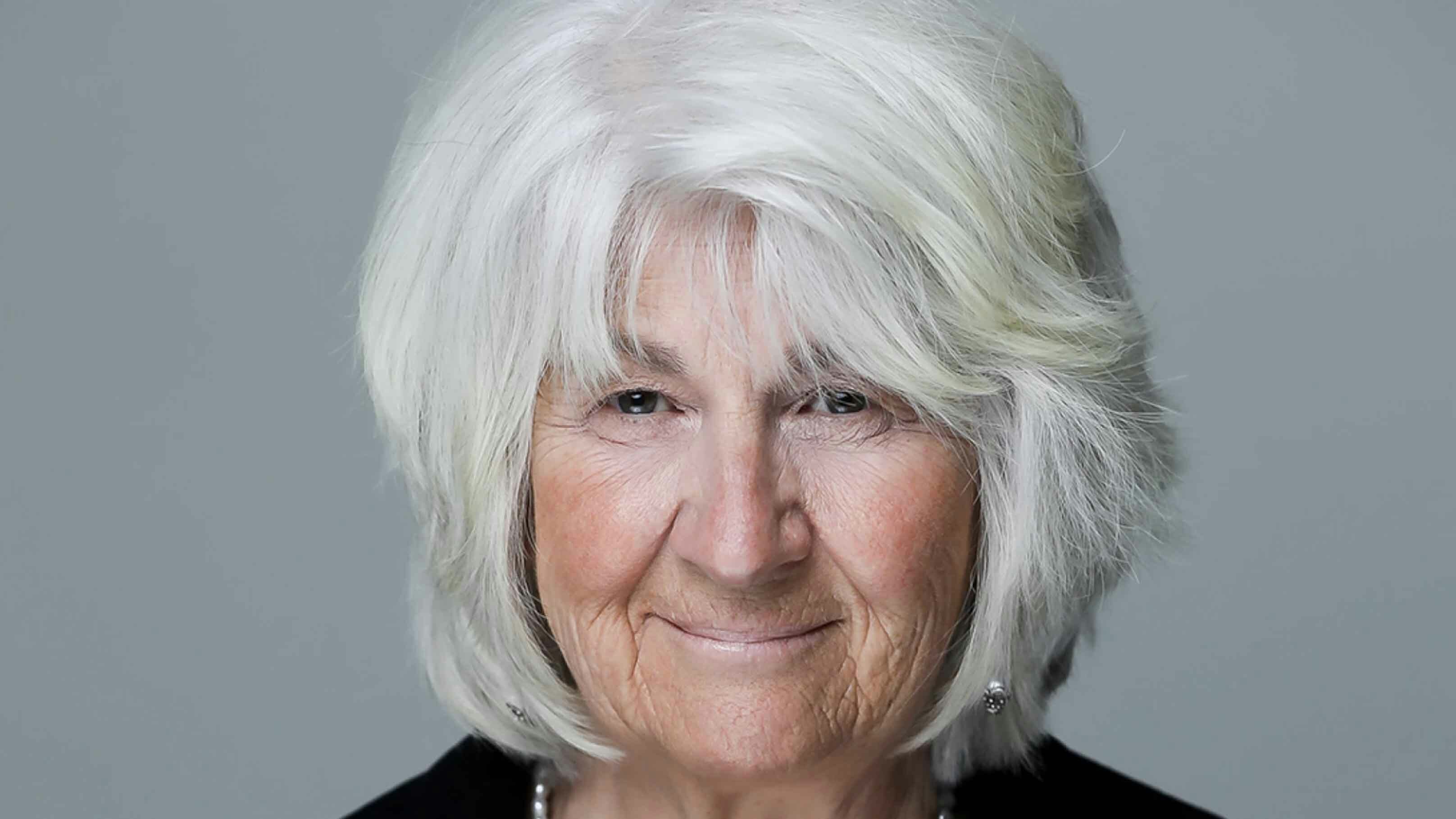By Bill Sniffin, publisher emeritus
This is just awful. The flooding in Yellowstone National Park is a national disaster of colossal proportions. Hopefully the federal government will come to its aid soon.
As we celebrate the 150th year of the park, it is stunning to see what is happening up there right now.
During the 150th celebration slightly more than a month ago, Supt. Cam Sholly announced the park was in the best shape ever. As a tourist who has been there every year for 52 years, I totally agreed with him. It was never better.
But now this!
Flooding caused by heavy rains and melting snow has wiped out highways and bridges, contaminated water supplies, cut power, and caused the park to be totally shut down for one of the first times ever in the middle of tourism season. It shut down in 2020 because of COVID and partially shut down during the 1988 fires.
This week, what a nightmare that must have been clearing out all the tourists. Besides all the folks staying at the hotels and inns, there must have been thousands of campers and motorhomes in there, too. Most neighboring towns offered camping sites for folks who could not get into campgrounds.
The north loop in the park will be closed for the rest of the summer. Much of it had been closed for years for construction on the Tower Falls road. Now it is closed again. What a shame.
Although this will mainly be an economic disaster for the towns surrounding the park, there may be some opportunities, too. For tourists headed to the park, perhaps now they can spend more days in towns like Cody, Powell, Greybull, Lovell, Basin, Worland, Thermopolis, Riverton, Lander, Dubois, Pinedale, Rock Springs, Afton, Kemmerer, and Jackson.
The state of Wyoming has promoted four road trip routes through the state all ending up in Yellowstone. There are abundant amounts of attractions in these areas along the way. Let’s hope tourists keep coming.
Those four regional routes offer vast numbers of things to see and do. Tourists can still head to the park but hopefully will spend more time outside the park enjoying our local sites and sights rather than cancelling altogether. Here are those official routes promoted by the Division of Tourism:
Black to Yellow – This route comes from the Gillette coal area and includes Devils Tower near Sundance, Heart Mountain interpretive center between Powell and Cody, and the Big Horn Canyon National Recreation Area near Lovell.
Park to Park – Two of the big attractions on this route are the Fort Laramie Historical site and the Thermopolis Hot Springs. Casper, with all it has to offer, is on this route, too.
Rockies to Tetons – This route is targeted to folks coming from Colorado and includes the Oregon Trail, Wind River Indian Reservation, the Wind River Mountains, the Dubois National Museum of Military Vehicles, and Historical South Pass City ghost town.
Salt to Stone – Folks coming from the Salt Lake area take this route which includes Fossil Butte National Monument, Flaming Gorge, the Red Desert, Evanston, Rock Springs, Afton, and Pinedale.
As I write this, it appears parts of the park may open June 19 but there is no way the damaged park can accommodate the 780,000 tourists expected during a normal June.
For years there has been discussion of a reservation system. Perhaps now something like that will be put in place.
This year is the 150th anniversary of what has been called America’s best idea – a national park.
On March 1, 1872, Yellowstone became the world’s first national park. Fewer than 2,000 non-Indians had visited the place way back then, but the photos by William Henry Jackson and paintings by Thomas Moran had so impressed Congress, that Yellowstone National Park came into being.
It is noteworthy that this occurred 18 years before Wyoming became a state. Another side note is that the Wind River Indian Reservation, which today is about the same size as Yellowstone, was also created by treaty in 1872. Both are about two million acres.
The official celebration of the 150th occurred May 6 in the lobby of the historical Old Faithful Inn. There will also be a series of events scheduled all summer long in Yellowstone and in gateway communities.
A big theme was how the park area interacted with regional Indian tribes, including the Shoshone and Arapaho tribes from Wyoming.
We toured much of the park back in May and it was in amazing condition. As Supt. Sholly said, it has never been better. Alas, the events of this past week changed all that.
In 2021, Yellowstone set a new all-time-record for visitation with 4.86 million tourists. This shows the surge from across the world to visit this wonderful place.
We have been going to Yellowstone for over half a century and it is my favorite place on earth.
Is it worth going? Are you kidding! I love the place. “Like No Place on Earth” was the official slogan for Wyoming’s tourism division a few years ago. I liked the slogan but thought it referred more to Yellowstone National Park than anywhere else in the state.
We spent a lot of quality time at the most heavily-visited part of the park – the lower loop.
Norris Geyser Basin is the greatest hot spot on earth. It covers a huge area and can be incredibly dangerous. Once a season you will hear about someone getting burned in Yellowstone and most often it happens there.
During our recent trip we were anxious to get to Norris. We have made many trips to Yellowstone in September and October over the past half century and for most of that time, the tourists were “local” – from Wyoming, Montana, and Idaho. On last fall’s trip, I finally spotted cars with Montana and Idaho license plates parked together. Finally, some locals. Then we noticed they were penned in between cars from Hawaii, California, and Florida. Oh well.
Norris does not disappoint. It was a windy day, which meant big blasts of sulfur every so often. If you like geysers like I do, the smell of rotten eggs warms your heart.
Traffic was light from Norris to Canyon as we headed for Artist’s Point. It was crowded but we found a parking space. At the Point, two guys talking in a foreign language were beside us.
The road south through Hayden Valley was blocked by a big herd of buffalo. The big bulls were right in front of us and snorting at us. I took a photo through my windshield showing the big bull and the park gal in the distance with her bullhorn. I want to point that out because if you saw the photo, you might think I was being one of those idiots who walk right up to bison. Nope. Not now. Not ever.
Our favorite place is the Lake Hotel and specifically, the big sun room. On that day last fall, it was packed with folks all enjoying drinks and watching whitecaps on the inland sea called Yellowstone Lake.
Back when I reported on the trip, I wrote: “Wow, what a day! Certainly, one of the best days ever. Visiting Yellowstone was like seeing an old friend again. And my friend was in fine form.”
Today, what has happened to the park leaves me feeling very sad. Our old friend has taken one helluva beating. Godspeed on getting healed up, old friend.
And thanks to all the staff and hard-working folks trying to fix our great park.





